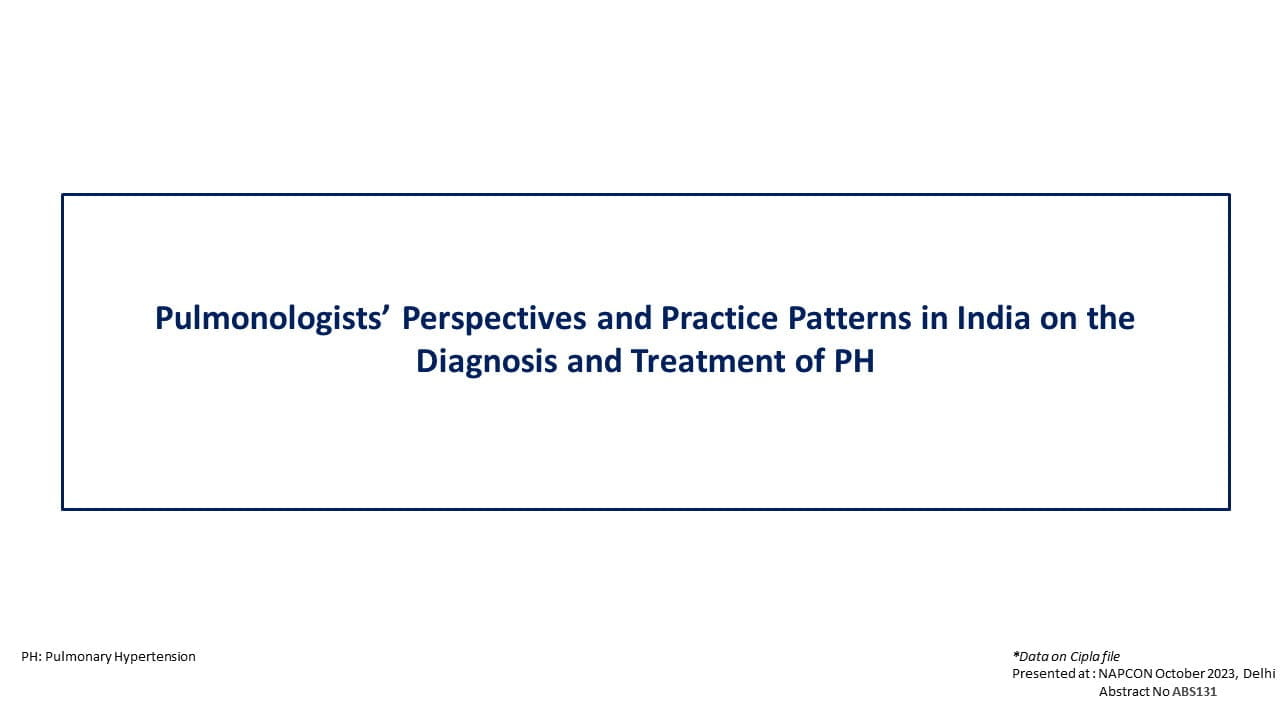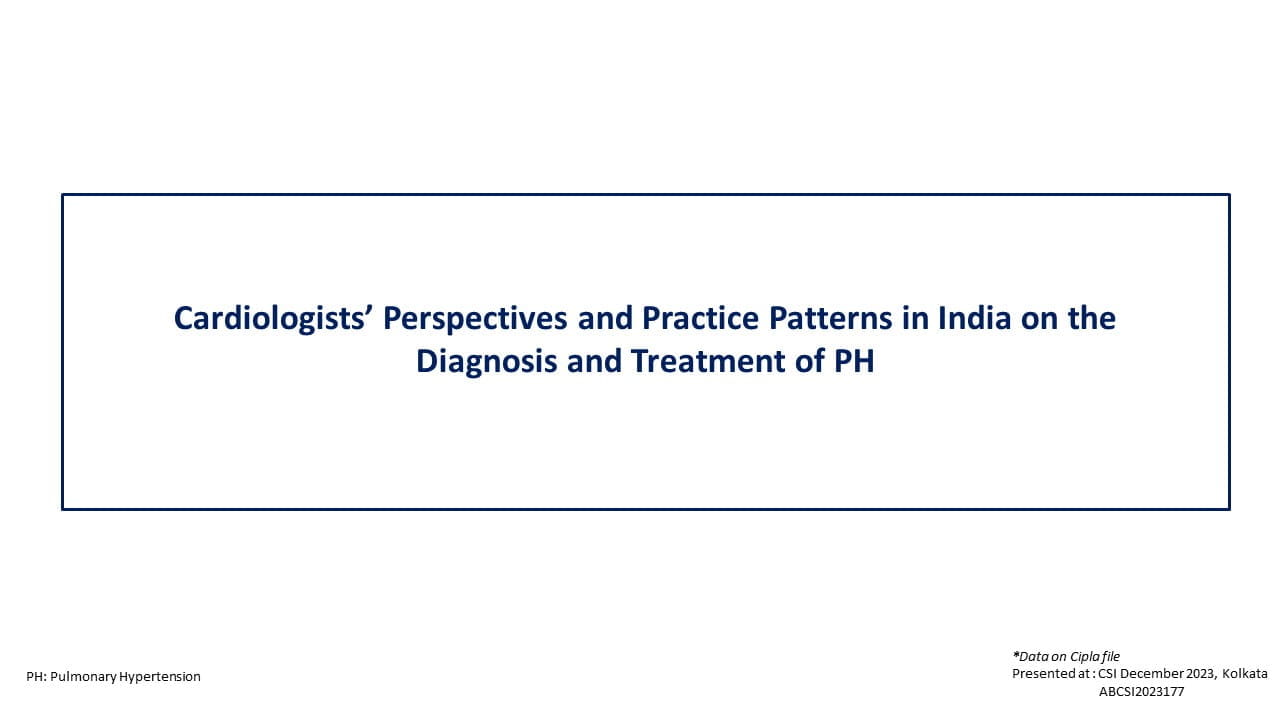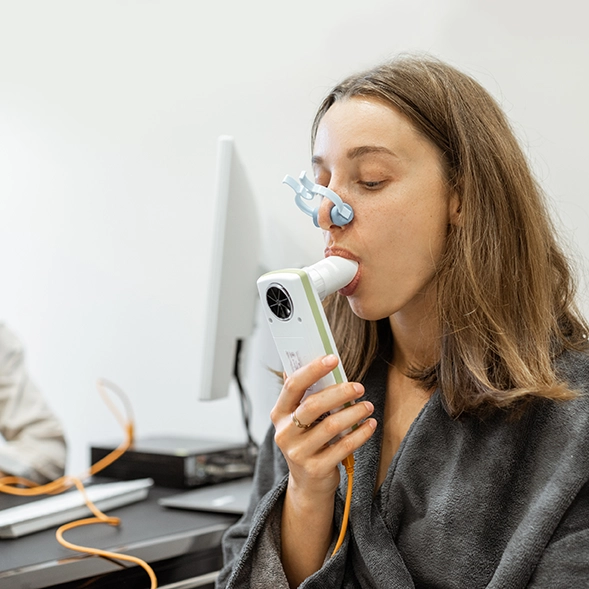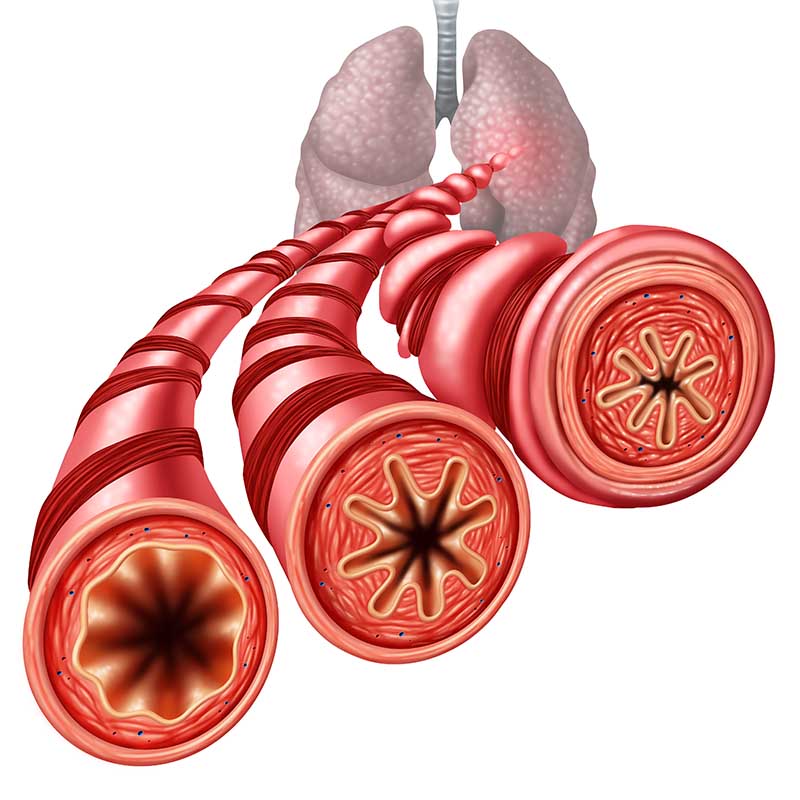Efficacy of Iron Oxide Formulations vs. Non-Tinted SPF 50+ Sunscreen in Preventing Visible Light Pigmentation
Introduction
Visible light (VIS) (400–700 nm), accounting for 45% of solar radiation, plays a role in skin darkening and the exacerbation of dyschromias, especially in individuals with Fitzpatrick skin phototypes III and above. Presently, sunscreen offers only limited protection against this wavelength range. However topical products that include pigments and/or metal oxides can offer enhanced photoprotection because of their ability to absorb, scatter, and reflect visible light.
Aim
To evaluate efficacy of two tinted formulations containing a combination of iron oxide (FeO) and titanium dioxide (TiO2) in comparison to a non-tinted mineral SPF 50+ sunscreen with zinc oxide (ZnO) and TiO2 for protection against visible light-induced pigmentation.
Patient Profile
Healthy women aged 18-50 years (mean age, 35 + 6 years) with Fitzpatrick skin phototype IV
Method
- Monocentric, randomized, and single-blinded
- N=10 women
- Five 2x2 cm zones were marked on each subject's back, a negative control zone (unexposed and un-irradiated), a positive control zone(irradiated only), and three zones treated with investigational products and irradiated.
- Each product was applied at a dosage of 2 mg/cm².
- At day 0, 15 minutes after product application all four zones (3 treated zones and positive control) were exposed to visible light (VIS) at 144 J/cm².The application of the test products and VIS exposure was repeated similarly on day 1, 2 and 3).
Test product
- Product A mineral SPF 50+ sunscreen: [ZnO (6.5%) and TiO2 (4.5%)]
- Product B (FeO (4.85%) and TiO2 (27%) formulation
- Product C (FeO (27.25%) formulation)
Assessments
Clinical grading for skin pigmentation, colorimetric measurements, and standardized photograph were performed before product application and VIS irradiation on day 0 to day 3, 24 hours post the last irradiation on day 4, and on day 14.
- Visual Assessment of Pigmentation: Skin pigmentation intensity was graded by an expert using a validated scale, ranging from 0 (no pigmentation) to 13 (pronounced brown pigmentation). The scale is based on visual comparisons of the pigmentation of the test zone with the surrounding unexposed control skin.
- Instrumental Measurements: Skin color was measured pre-inclusion and during the study with a Chromameter using the L*a*b* colour system
- Individual Typology Angle (ITA°): ITA° was calculated to define skin fairness or darkness using the formula: ITA° = [arc Tangent (L* - 50)/b*] * (180/π), based on L* and b* values obtained from the measurements.
- Colour Change Calculations: Skin colour changes post-irradiation were assessed using the parameter ΔE = √(ΔL² + Δa² + Δb²), where ΔL is the difference between the L of exposed zone and the non-exposed zone. Similar calculations were performed for Δa and Δb. Standardized photographs taken under controlled lighting conditions.
Results
Pigmentation Assessment
- Untreated zone and Product A treated zone: Showed a statistically significant increase in pigmentation from day 0 to day 3, persistent until day 14
- Zones treated with Products B & C: Statistically significant but less pronounced increase in pigmentation, maintained at minimal levels post four consecutive visible light exposures, lasting until day 14
Mean Values of ΔL*
- Product A & Untreated Zone: Significant decrease in ΔL* (indicating skin darkening) from day 0 to day 14
- Products B & C: Demonstrated a lesser decrease in ΔL* at most timepoints, indicating less skin darkening.
Clinical Grading of Pigmentation
- No statistical difference between untreated zone and Product A on days 1, 4, and 14
- Products B and C showed significant differences when compared to untreated zone and Product A at all timepoints
ΔL Comparisons*
- No statistical difference at day 1 & day 4 between untreated zone and Product A; a significant difference favouring Product A at day 14
- Product B had significantly higher ΔL* compared to both untreated zone and Product A at all timepoints.
- Product C also showed significantly higher ΔL* than untreated zone at all timepoints, indicating less skin darkening compared to Product A
Effectiveness Against Visible Light-Induced Pigmentation
- Products B and C were equally effective in blocking visible light-induced pigmentation
Additional Parameters (ΔE and ΔITA°)
- Product A was similar to untreated zone for ΔE and ΔITA° at all timepoints except day 14
- Products B and C were more effective than Product A in preventing skin color change from day 2 (ΔITA°) and day 3 (ΔE)
Skin Redness (Δa) and Yellowness (Δb)**
- Changes in skin redness and yellowness were minor and inconsistent, indicating that product effectiveness was specific for skin darkening rather than affecting these parameters.
Conclusion
The study showed that products with FeO offer superior protection against VIS-induced pigmentation compared to mineral SPF 50+ sunscreens containing TiO2 and ZnO. These results emphasize that iron oxide containing formulations can serve a dual purpose: they not only conceal existing pigmentation but also help to minimize the formation of new pigmentation caused by sun exposure.
Reference
J Drugs Dermatol.2020 Jul;19(7):712-717.










